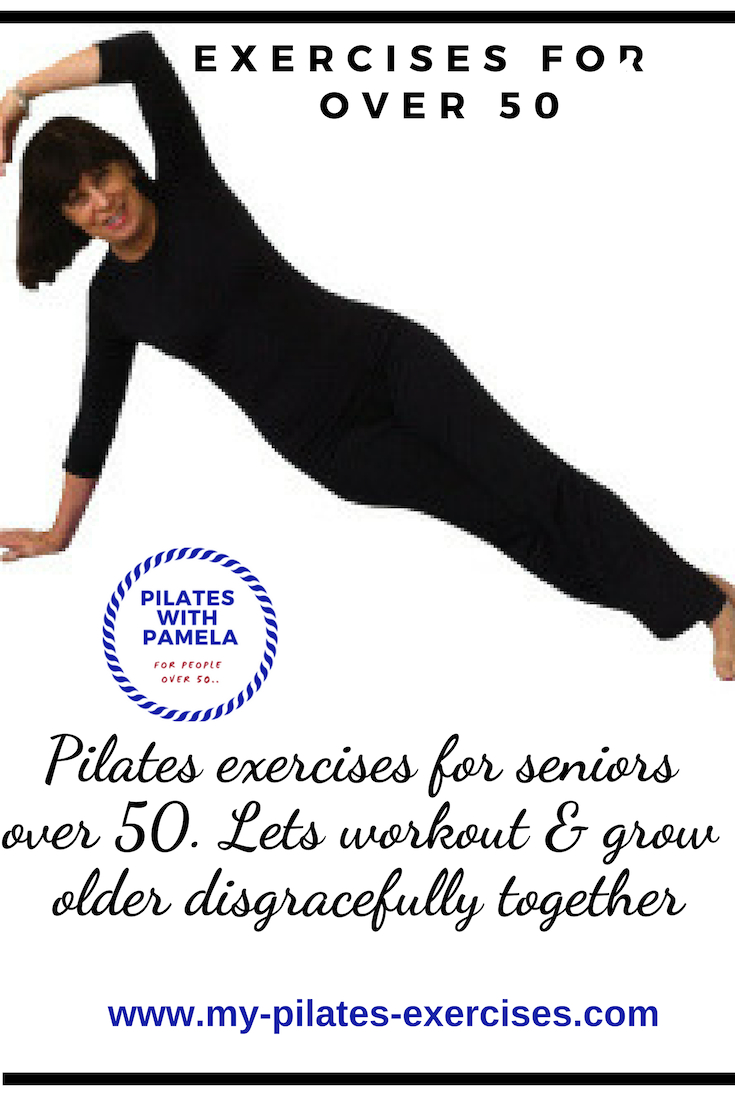Hip Flexor Stretches
Hip Flexor Stretches: The main muscles involved with the hip are the ilio-psoas, quads, hamstrings, glutes, iliotibial band and abductors (outer thigh), adductors (inner thigh), and back muscles. Good hips, free of pain, allow for good range of movement is what we are all looking for.
The hip girdle is in the very centre of the body, and there are so many muscles and tendons attached to it. Proficient walking, running and general movement requires easy mobility of the hips. Doing regular stretches increases your range of movement and releases tension and pain.
If you don’t as yet know which muscle in particular is causing the problem, by doing all these hip stretches, you'll have a good indication.
As you stretch for example your quad muscle in the left leg and then the right, you’ll notice the difference – maybe one is tighter than the other which is what usually happens. You’ll feel the tension immediately, and know that is the side to give emphasis to – but don’t neglect the other.
Need another stretch? Click Pilates Stretches for Seniors
Hip Flexor Stretches: Simple stretch
A very simple hip stretch can be done on stairs. Stand sideways on one foot – making sure to keep both feet parallel with each other, and allow the other to drop down towards the next step.
Hip Flexor Stretches: Lower Back

The yoga stretch – and the pic say it all.
Hip Flexor Stretches: Psoas Stretch - the core of the core of you..

One of the BEST. A couple of tips: I have my right elbow on the floor and also my legs a quite wide apart. All you have to do is relax! My students get a bit cranky when I ask them to move on to the next exercise!
Ilio-psoas Stretch: Do you have pain in front inner thigh? So often this muscles is responsible for HIP PAIN. An extremely important, and often neglected muscle group in the body, this hip stretch difficult to manage, so you’ll have to carefully read instructions to get full benefit.
Stand in the lunge position, with feet about a metre apart. Bend both knees, and lift the left heel off the floor. Now, we do what’s called a posterior tilt of the pelvis. I’ll give you the best cue I know. Tuck your tailbone between your legs – imagine you are a dog and have been naughty, so your tail is between your legs.
Holding that position, try to draw the left heel down to the floor. If you CAN do it, you’re doing in incorrectly and have lost the pelvic tilt. You’ll only be able to move the heel a centimetre or two. For more information about the Ilio Psoas, go to this link:
Psoas Stretch. It’s worth persevering, because it’s extremely effective.
Pilates Hip Stretch: This one hurts...But it's worth it!

So you have pain down the side of the leg? Read on....The (ITB) is very difficult to stretch. It is made up large from a wide flat tendon, rather than muscle fibres and runs down the side of your legs from the hip to below the knee.
This can cause problems in both the hip and knee area. The ITB is a common injury zone for sportspeople. There are many stretches available, such as the simple standing stretch below.
To start, cross your right foot over left. Most of your weight should be on your left foot.
With arm overhead, lean as far as you can to your left.
If you move hips forward, you’ll feel the stretch on outside of the right leg and maybe lower back.
I find the most effective one is done on a roller. It hurts like mad, but really does work. I have an ongoing problem with my ITB, so the roller is left in front of the television set – it’s the only way I can’t avoid it because if I don’t maintain the stretches, I pay for it.
In the side column, you have access to our online Correct Posture Test which will help you to discover exactly what stretches will be of benefit to you. This is available when you receive for our monthly newsletter.



